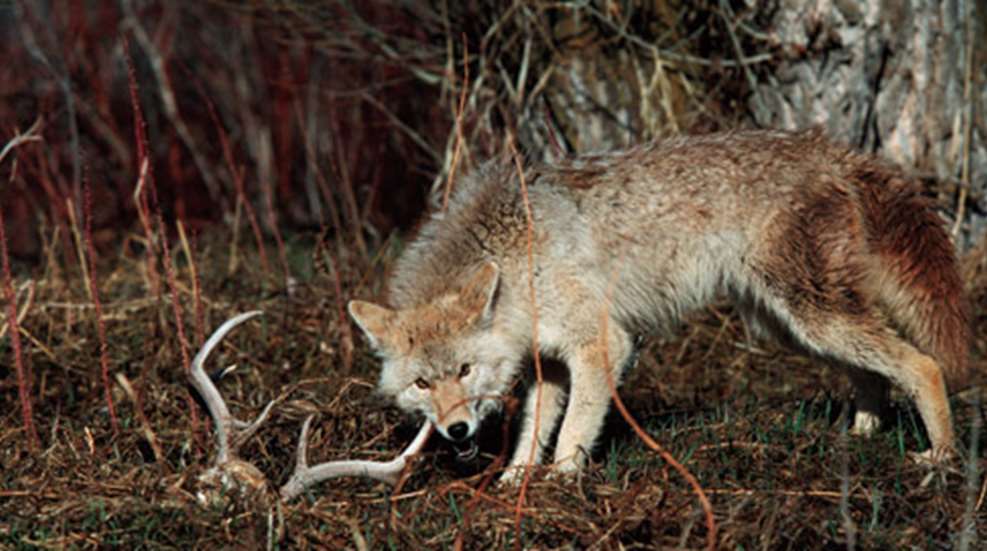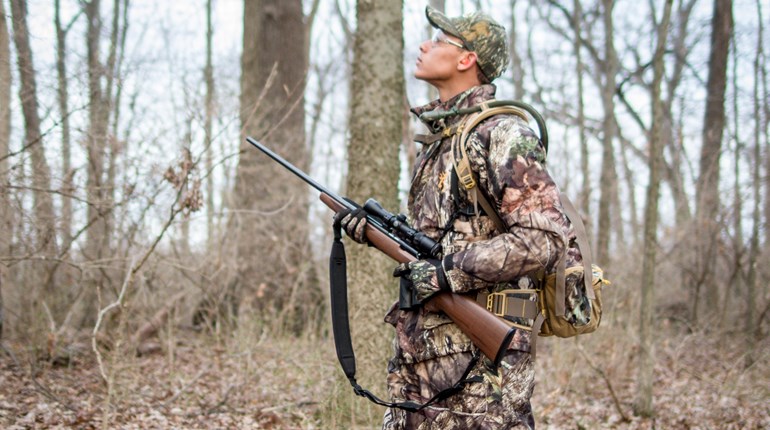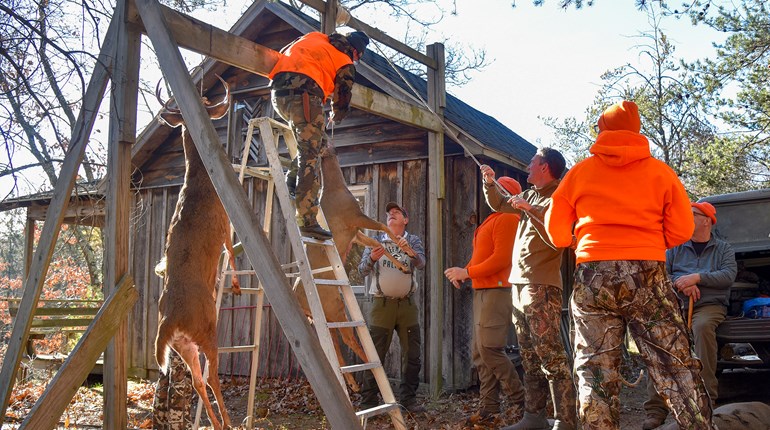
After listening all day to university researchers and agency biologists discuss problems caused by whitetail overabundance in some Eastern and Southern states, professor Valerius Geist of Canada opened his evening address with a prediction: “Enjoy your problem while it lasts, because the coyote is coming. Once he’s here, you’ll miss your deer problems.”
That was in 1994 in Charlottesville, Va., at the annual Southeast Deer Study Group meeting. Nearly 17 years later, with new studies documenting fawn losses to the Southeast’s growing coyote population, some biologists say Geist had a point, though perhaps it was overstated. Some even think coyotes threaten some herds. “If coyotes are not yet a problem on your hunting property, they will be in a few years,” said Mark Buxton, a wildlife manager with Southeastern Wildlife Habitat Services in Thomaston, Ala., last July at the Quality Deer Management Association’s annual convention in Louisville, Ky.
“We’ve long talked about food plots, timber-stand improvements and restoring native vegetation so deer can maximize their potential,” said Buxton, who has managed hunting properties for 23 years. “The coyote is the next big part of that equation.”
Wildlife researchers say the coyote is so new to the Southeast that it generates more questions than answers. This adaptable predator, which isn’t native to the region, didn’t appear there until the 1960s; in fact, South Carolina didn’t have coyotes until the 1980s. A few years later, from 1997 through 2006, the state’s deer herd declined 36 percent. Was that a coincidence? Answering such questions remains speculative, says professor Karl Miller at the University of Georgia.
Professor Stephen Ditchkoff at Auburn University in Alabama agrees. Ditchkoff and his graduate students see coyote problems firsthand at an Alabama site where they’re using GPS-equipped collars to study deer movements. When they started the study five years ago, they seldom lost a fawn to predation. But in 2008 they lost 17 of 50 fawns (34 percent) they collared, and in 2009 they lost more than half. They attribute most of the losses to coyotes; also, an Auburn study on fawn survival at a South Carolina military base found that coyotes killed eight out of nine fawns.
Getting the Research Moving
Miller has co-authored much of the Southeast’s recent research on coyotes. In one study in southwestern Georgia, the university compared fawn-to-doe ratios in two areas: an 11,000-acre area where trappers removed 23 coyotes and three bobcats, and a 7,000-acre area where no trapping was done. The trapped area had two fawns for every three does, while the un-trapped area had two fawns for every 28 does.
Miller also watches with interest ongoing coyote studies by the U.S. Forest Service at South Carolina’s Savannah River Site. Researchers reported 75 percent of the site’s fawns die before they’re six weeks old, with coyotes likely responsible for 85 percent of the deaths.
Miller, Ditchkoff and other researchers, however, say they need more research. “We have to assess if and where we have coyote problems, and what’s the best way to address them,” Miller said. “But are coyotes going to affect the future of deer hunting? I don’t think so. Texas has had coyotes a long time, and so have parts of the Midwest, Louisiana and Mississippi, and they still have plenty of deer. That being said, I suspect coyote densities are even higher in parts of the Southeast. We need more research so we can offer specific, well-informed management decisions.”
Ditchkoff thinks coyotes have reached saturation levels in many parts of the Southeast, but that doesn’t mean deer hunting is imperiled. “I think this will eventually level off and stabilize,” he said. “Hunting will be part of the mix, but we have to figure out what the new model will be for deer management.”
Is Coyote Predation Random?
Coyote-fawn predation has long been viewed as opportunistic and random; that is, fawns were in the wrong place at the wrong time. Buxton believes it’s not random on a 2,000-acre property he manages. In three months in spring 2009, he trapped 20 coyotes and seven bobcats from 1,500 acres, starting roughly a month before fawning began. After 12 months, he had trapped 49 coyotes. He then trapped 14 more coyotes during the 2010 fawning season. In total, he caught 34 of 63 coyotes (54 percent) during fawning months.
“That tells me coyotes are targeting fawns,” Buxton said. “When fawns start hitting the ground, it’s game-on for coyotes.”
Ditchkoff doesn’t discount the idea. “When coyotes saturate an area, there’s increased competition for resources and the potential for major dietary changes,” he said. “Coyotes might have learned to identify doe behaviors that indicate fawns are nearby. That’s not unheard of. In Alaska, they’ve documented that when a cow moose acts in a way that indicates a calf is nearby, brown bears start a systematic search to find the calf. They just hammer moose calves.”
Miller, however, cautioned that it’s important not to draw regional conclusions from site-specific research. “The coyote is a complex predator,” he said. “It will eat just about anything, including fruits and vegetables, and its diet changes by location and season. The Southeast has a mosaic of different habitat types, so there’s a lot here to figure out.”
Though the coyote is not indigenous to areas east of the Mississippi River, it now inhabits all of the Lower 48. Deer managers and hunters are still learning how to deal with coyotes for the good of deer herds and ecosystems.





































